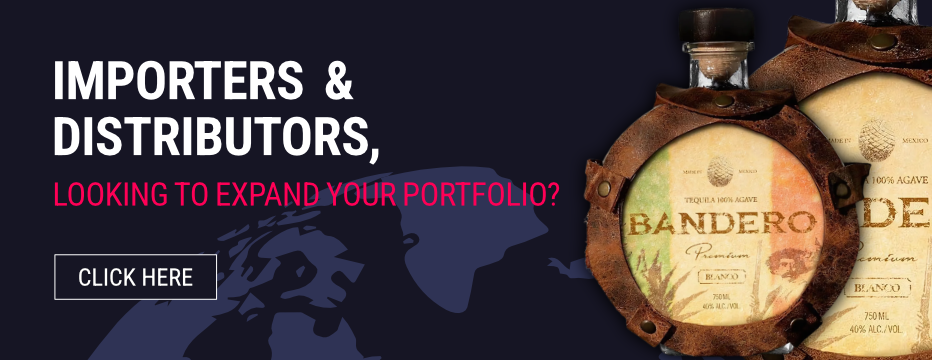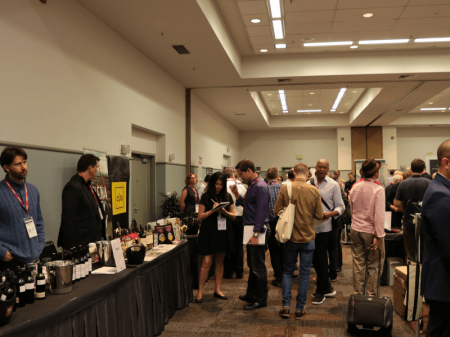Sommeliers Choice Awards 2024 Winners
From Roman Roots to Rosé Renaissance: The Evolution of Navarra Wines
How D.O. Navarra Blends Heritage with Cutting-Edge Winemaking

Navarra, nestled in the diverse landscapes of northern Spain, boasts a rich history that dates back to Roman times. Known for its exceptional location at the crossroads of three distinct climates—Atlantic, Continental, and Mediterranean—this wine region has long been a significant player in Spain's viticultural landscape. Navarra's wines, especially its renowned rosés, have gained international recognition for their freshness, versatility, and unique flavor profiles. Over the past few decades, the region has embraced innovation while staying true to its roots, becoming a leader in both renewable energy initiatives and cutting-edge winemaking techniques. In this interview, we explore Navarra's journey through the perspectives of Sara, Communications Manager, and David Palacios, President of the D.O. Navarra.
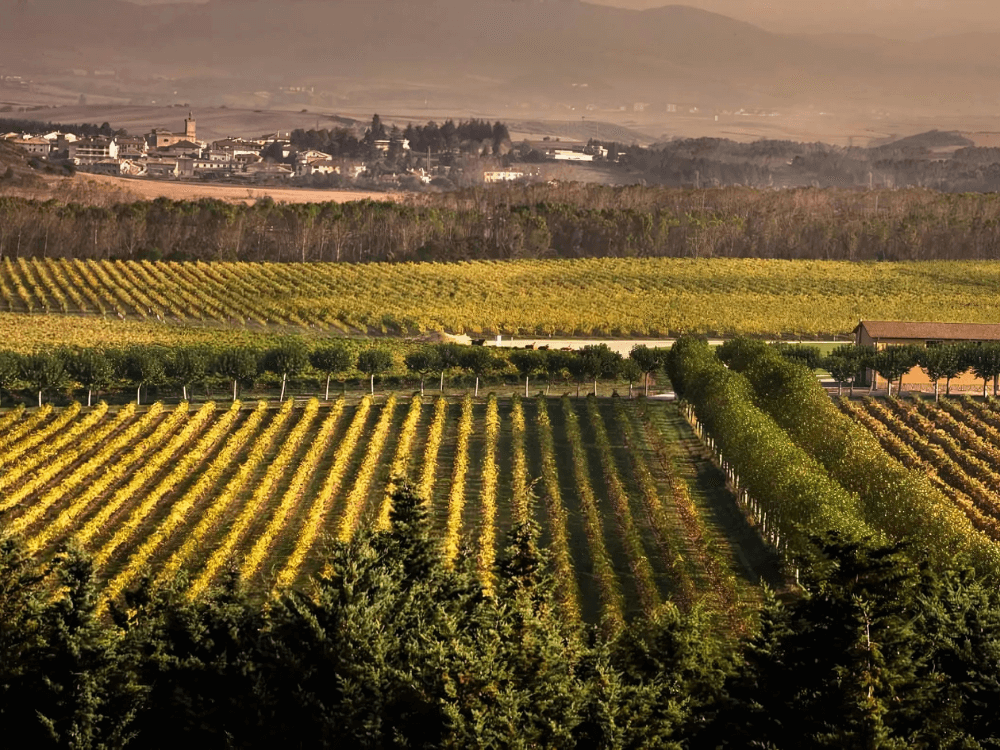
Image: Navarra vineyard at the Nekeas winery.
Can you provide a brief history of the Navarra wine region and its significance in Spain's wine industry?
The first documented vine-growing and wine-making records in Navarre are from the period in which the region was dominated by the Romans. The vestiges of former Roman wine cellars, funeral monuments, and amphorae confirm the social and economic importance of vine growing during that period. Under Arab domination, the importance of the vine was maintained and, gradually, the vine growing limits were extended.
Two events furthered the progress of the vines: the creation of the first monasteries in the 9th and 10th centuries, and the commencement of the Way of St James. The pilgrims brought new grape varieties to Navarre and the monasteries were pioneers in creating and disseminating new wine-producing techniques.
In the 14th century, Navarre was already an important wine producer and exporter. The start of the 15th century was probably the greatest period of vineyard expansion, going beyond the northern limits of Pamplona. The vine was the principal crop of the farmers in Pamplona, to such an extent that it was necessary to limit the land dedicated to vineyards in order to cultivate cereals, necessary to feed the inhabitants of the Kingdom of Navarre.
The last two decades have seen ongoing changes in the wine-making sector in Navarra, changes which have completely transformed the styles of wine produced and have been consistently worthwhile.
Firstly, in the eighties, non-native varieties were introduced such as the Chardonnay and Cabernet Sauvignon or Merlot. These varieties started to be grown alongside the native Viura, Tempranillo, and Garnacha (the latter being the most widely grown and most popular variety in the area); international varieties well suited to the region which, whilst not neglecting the enduring potential of the traditional grapes, aided the development of a new wine styles..
Later on, in the nineties, a group of enthusiastic, demanding growers and bodega owners came on the scene, who were ready to make drastic changes, through research aimed at achieving wines of quality. These visionaries brought fresh ideas and revolutionary wine-making concepts to the region, whilst setting themselves up as the worthy successors of the best of the area's wine-making traditions. This was an unrelenting movement that has now led to the incorporation of new wineries that are working on projects looking into terroir and producing original wines.
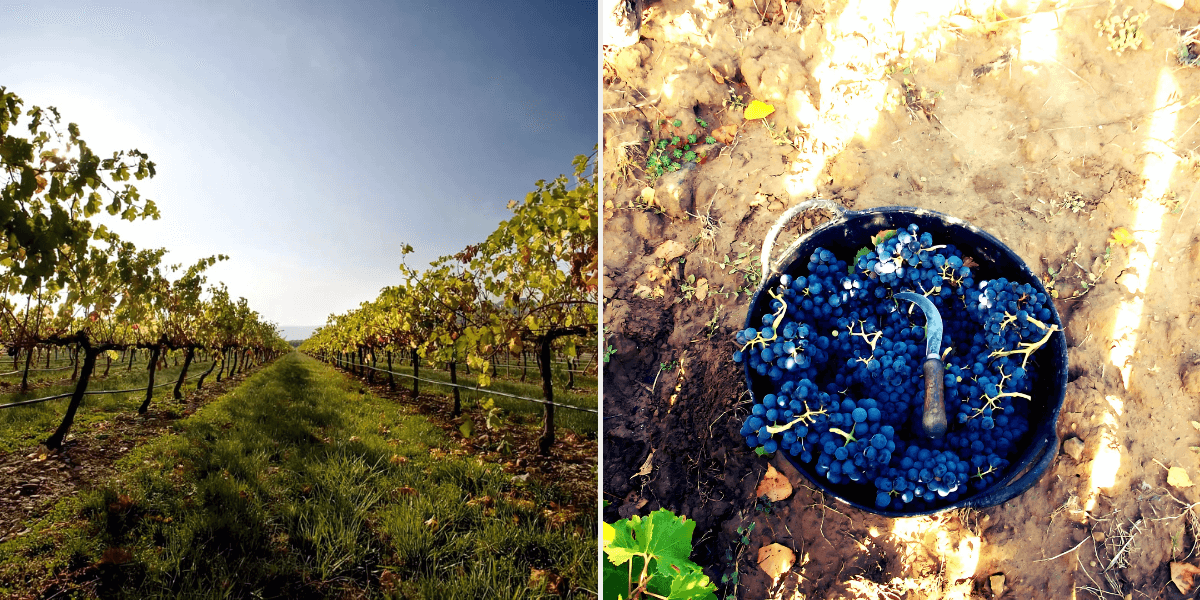
Image: Navarra wine region - Valdizarbe: Varietals like Tempranillo, Garnacha, Cabernet, Merlot, Chardonnay, and Malvasia are grown in this region.
What unique characteristics distinguish Navarra wines from other Spanish wines?
A key characteristic of the D.O. Navarra area is the extraordinary richness of its climate and landscape which spreads across more than 100 kilometres lying between the area around Pamplona in the north and the Ebro river plain to the south.
The fact is that Navarra enjoys an exceptional location, one which is practically unique in the Iberian Peninsula and is marked by the confluence of the Atlantic, Continental, and Mediterranean climates. The proximity of the Bay of Biscay, the influence of the Pyrenees, and the temperate influence of the Ebro Valley are all key factors in giving Navarra its unique range of different climates.
These climatic differences mark the Navarran landscape, where more than 9.000 hectares dedicated to the Designation of Origin are distributed across the different ecosystems and crop growing conditions: slopes; river plains; plateaux; and plains. The D.O. is divided into 5 distinct wine-making areas: Baja Montaña, Valdizarbe, Tierra Estella, Ribera Alta, and Ribera Baja.
Futhermore, Navarra is the land of rosés in Spain. The region of rosé by excellence, the origin of this color in Spain, and leaders in the market. D.O. Navarra rosés are fresh, light. And very versatile.
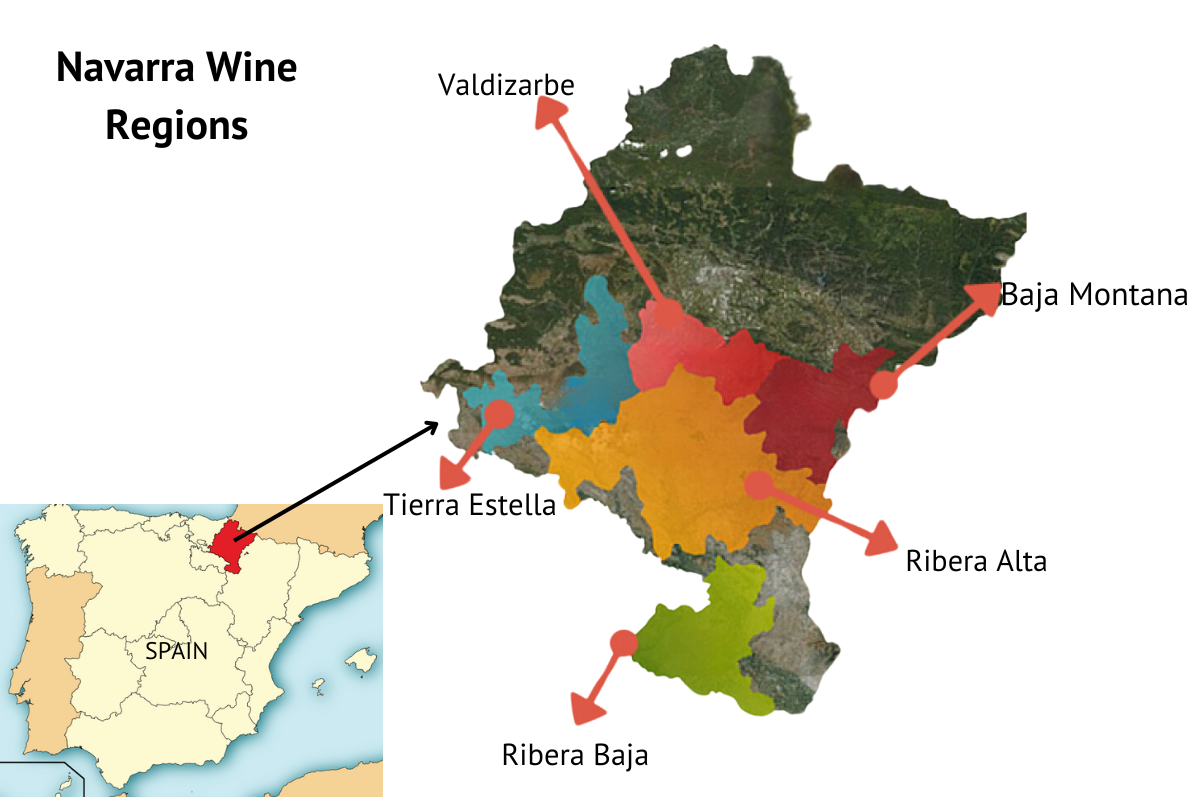
Image: Navarra Wine Regions.
How has the Denominación de Origen Navarra evolved over the years in terms of production and recognition?
The D.O. Navarra is one of the 10 most important designations of origin in Spain.
It currently produces 34,652,490 liters of wine per year.
It is internationally renowned for its rosés, it is the national market leader with a 30% market share and stands out, especially for its Garnacha wines (whites, rosés, and reds), the region's most emblematic variety, prestigious and characterized by their freshness and authenticity.
How do the region's climate and geography influence the flavor profiles of Navarra wines?
The climatic differences mark the Navarran landscape, where more than 9.000 hectares dedicated to the Designation of Origin are distributed across the different ecosystems and crop growing conditions: slopes; river plains; plateaux; and plains. The D.O. is divided into 5 distinct wine-making areas: Baja Montaña, Valdizarbe, Tierra Estella, Ribera Alta, and Ribera Baja.
5 different climates and soils with particular characteristics that give the wines their own personality.
More info about the characteristics of the five D.O. Navarra Zones: https://www.navarrawine.com/do-navarra/d-o--zones/68
What role does innovation play in the Navarra wine region, and can you highlight any recent advancements?
Navarra is a pioneering region in renewable energies and in the development of specific projects such as SMARTWINE, Management, and Sustainability Improvement System to increase the competitiveness and international positioning of small wineries and wineries in the D.O. Navarra.
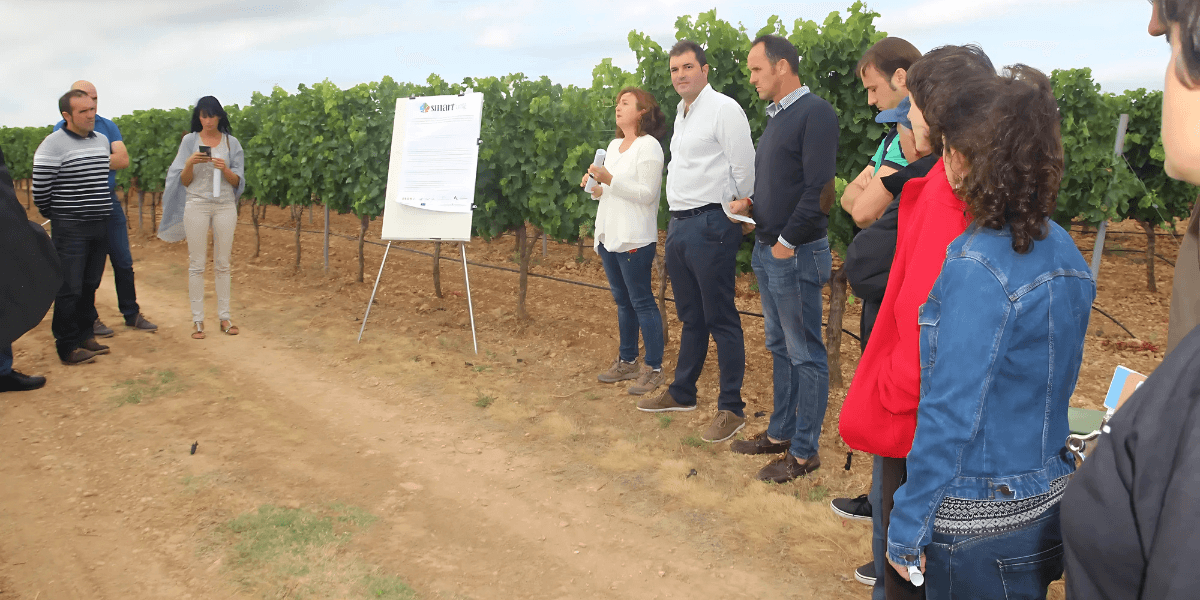
Image: David Palacios, President of the D.O. Navarra at the pilot project for the implementation of an innovative smart management system to improve the environmental, social, and economic sustainability of the wine sector in Navarra.
How important is sustainability in the Navarra wine industry, and what practices are being implemented to support this?
SOCIAL SUSTAINABILITY - WOMEN'S PRESENCE in the sector. 50% of the wines of the D.O. Navarra are made by women.
ECONOMIC SUSTAINABILITY - Protection of RURAL AREAS and support against DEPOPULATION.
INNOVATION - The D.O. Navarra is a reference in innovation: EVENA carries out research and development work in different areas, such as the recovery of native varieties, clone research, preservation of genetic material, etc
Conclusion:
From its Roman-era vineyards to its position as a leader in rosé production and sustainability, Navarra continues to innovate while honoring its rich history. As the region looks to the future, its commitment to sustainable practices, social inclusion, and technological advancements ensures that Navarra will remain at the forefront of Spain's wine industry for years to come. Through the dedication of passionate individuals like David Palacios, Navarra's wines will continue to captivate both domestic and international audiences.
Header image: David Palacios, President of the D.O. Navarra.
In conversation with Malvika Patel, Editor and VP, Beverage Trade Network.
Also Read:
Guiding Spain's Wine Industry to Global Excellence: Insights from Susana García Dolla
Spain’s Cava: Finding Quality and Value Beyond Prosecco
These Top 10 Spanish Wine Importers in the USA are Elevating Spain’s Finest Wines





